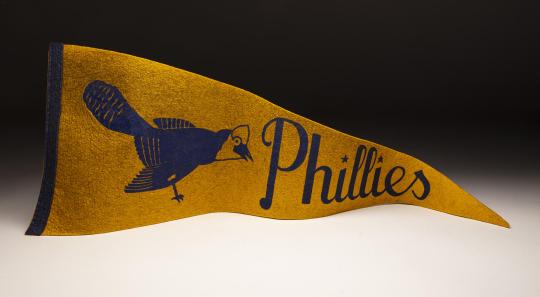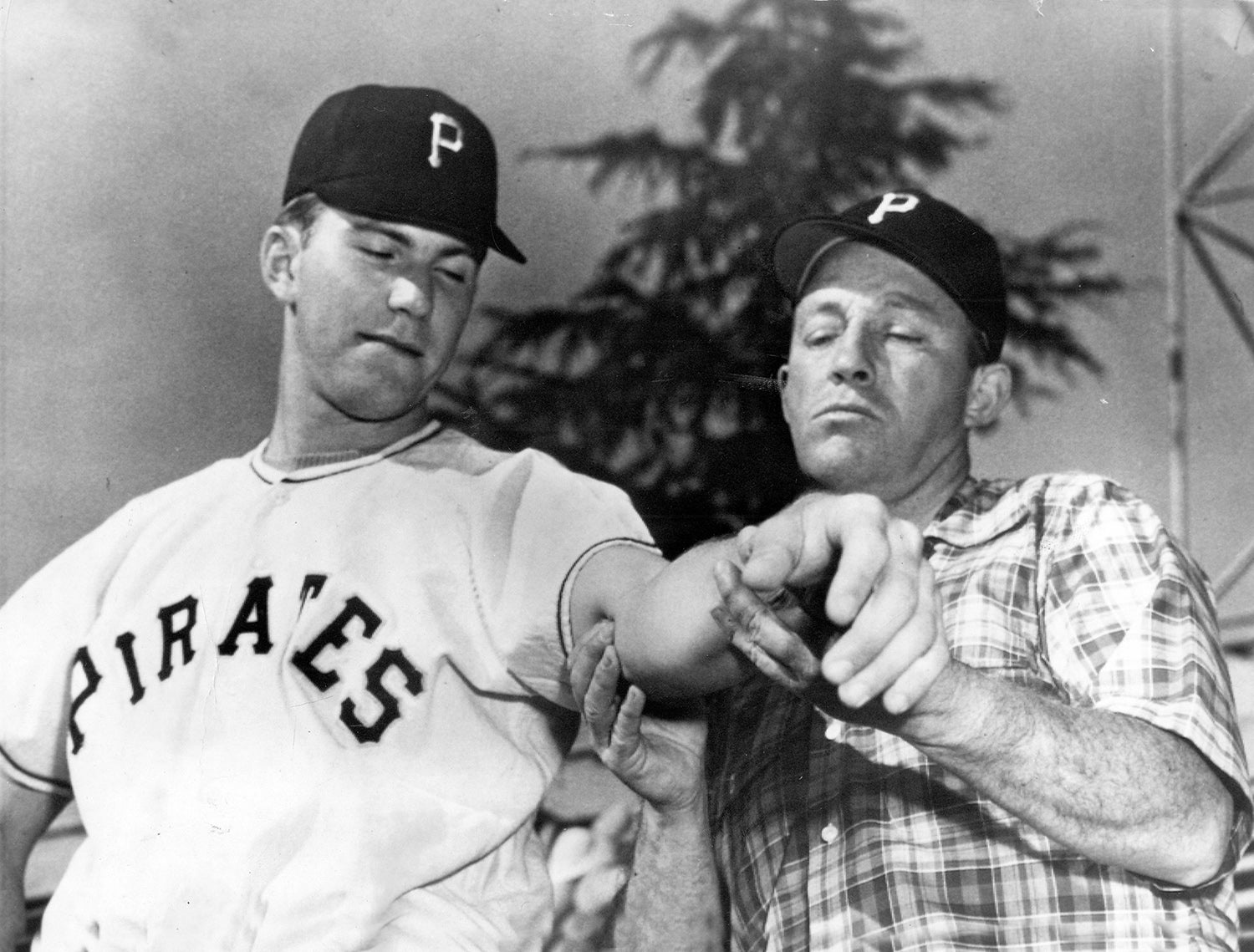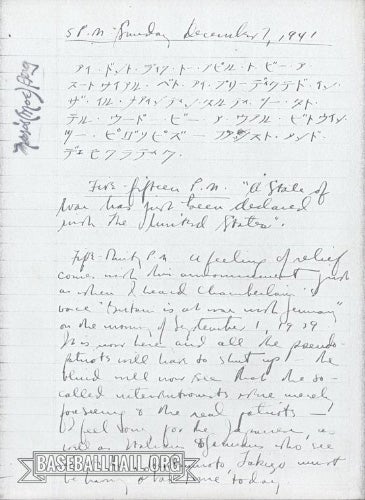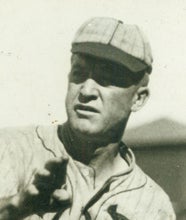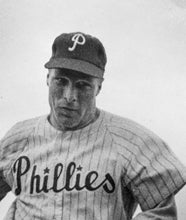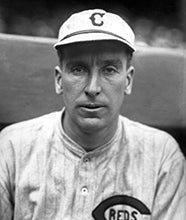- Home
- Our Stories
- #Shortstops: Phillies adopt Blue Jay way
#Shortstops: Phillies adopt Blue Jay way
From 1918 through 1948, the Philadelphia Phillies fielded a National League team in each season. In all but one – 30 of 31 – Philadelphia finished with a record of less than .500. And the exception – 1932 – featured a mark two games over the break-even point.
Deep into that stretch, team management decided a rebranding was in order. So prior to the 1944 season, the team held a fan contest to choose a new nickname. And thus were born the Philadelphia Blue Jays.
Powered by future Hall of Famers Grover Cleveland Alexander, Dave Bancroft and Eppa Rixey, the Phillies won the 1915 National League pennant and finished second in the NL in both 1916 and 1917. But the team traded Alexander to the Cubs following the 1917 season – setting the team on a path that would result in 14 straight losing campaigns, including five 100-loss seasons.
Even their incredible .315 team batting average in 1930 was not enough to produce a .500 mark, as the squad’s hurlers combined for a 6.71 ERA en route to a 52-102 mark.
Manager Burt Shotton parlayed Chuck Klein’s NL Most Valuable Player season into a 78-76 mark in 1932. But the Phillies fell to seventh place the following year with a 60-92 record, starting a run of 12 out of 13 seasons where the team lost at least 90 games. Those 13 seasons included seven 100-loss teams.
In 1942, the club nearly became insolvent and was sold to William Cox, who was suspended for life by Commissioner Kenesaw Mountain Landis a year later for betting on his own team. But out of those ashes came stable ownership when the Carpenter family bought the team. And a new brand was born.
The Associated Press reported on March 4, 1944, that Mrs. John L. Crooks of Philadelphia received a $100 War Bond for submitting the name “Blue Jays” in a contest to choose the team’s new nickname.
And with the return of hundreds of war veterans to big league rosters in 1946, the team made a concerted effort to push the new name.
“We’ve gotten too accustomed to hearing about the lowly Phillies and the cellar-dwelling Phils, so the name has been changed to Blue Jays,” team manager Ben Chapman said in a story that appeared in the Daily Times-News of Burlington, N.C., during Spring Training of 1946.
Newspapers all over the country picked up on the new name, with “Blue Jays” appearing in print throughout that season. The change was evident on the field as well, as Philadelphia improved its record by 23 victories that year – finishing 69-85. The team then announced in April of 1947 the unveiling of a new official club song: “Blue Jay Jeanne”, which was to be played over the public address system at Shibe Park during the team’s home games.
A felt pennant featuring the “Philadelphia Blue Jays” is preserved in the collection at the National Baseball Hall of Fame and Museum.
But even as the club pushed the new name, “Phillies” continued to creep into print. Realizing it was fighting a battle it could not win, the team announced on Jan. 9, 1950, that it was abandoning its “Blue Jays” branding.
The team’s “blue” period, however, would pay dividends. Midway through the 1948 season, Eddie Sawyer – who had managed some of the franchise’s top prospects with the Utica Blue Sox of the Eastern League from 1944-47, was named the team’s new skipper. Waiting for Sawyer in Philadelphia were players like Richie Ashburn, Granny Hamner and Stan Lopata – all of whom had suited up for the Blue Sox.
Powered by this infusion of young talent, the Phillies went 81-73 in 1949. The next season, the team dubbed the “Whiz Kids” won the NL pennant.
As for the “Blue Jays”, the name would name a big league comeback 1977 when the Toronto expansion team debuted in the American League. That franchise would be run by general manager Pat Gillick, who would engineer back-to-back World Series titles in 1992-93 before eventually winding up in Philadelphia – where he led the Phillies to the 2008 Fall Classic title.
Craig Muder is the director of communications for the National Baseball Hall of Fame and Museum


